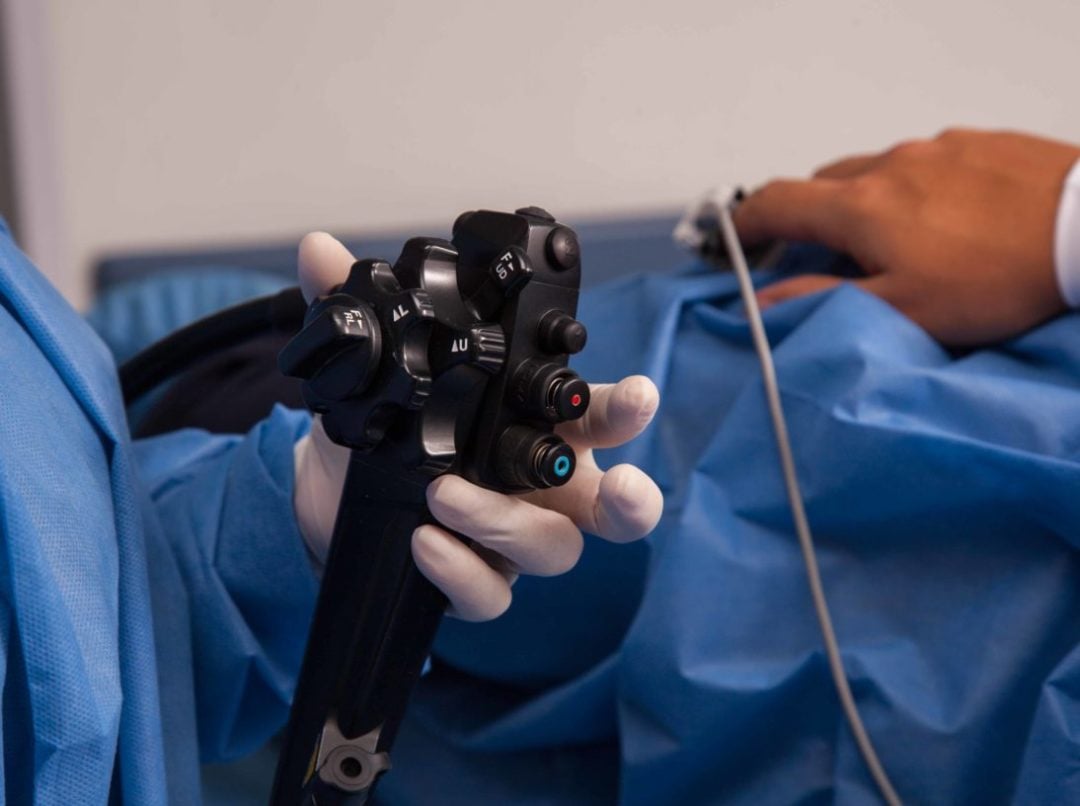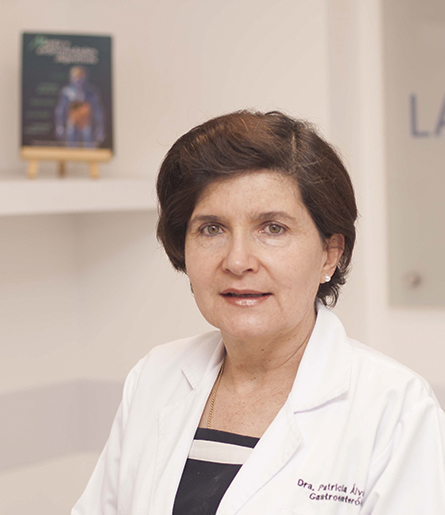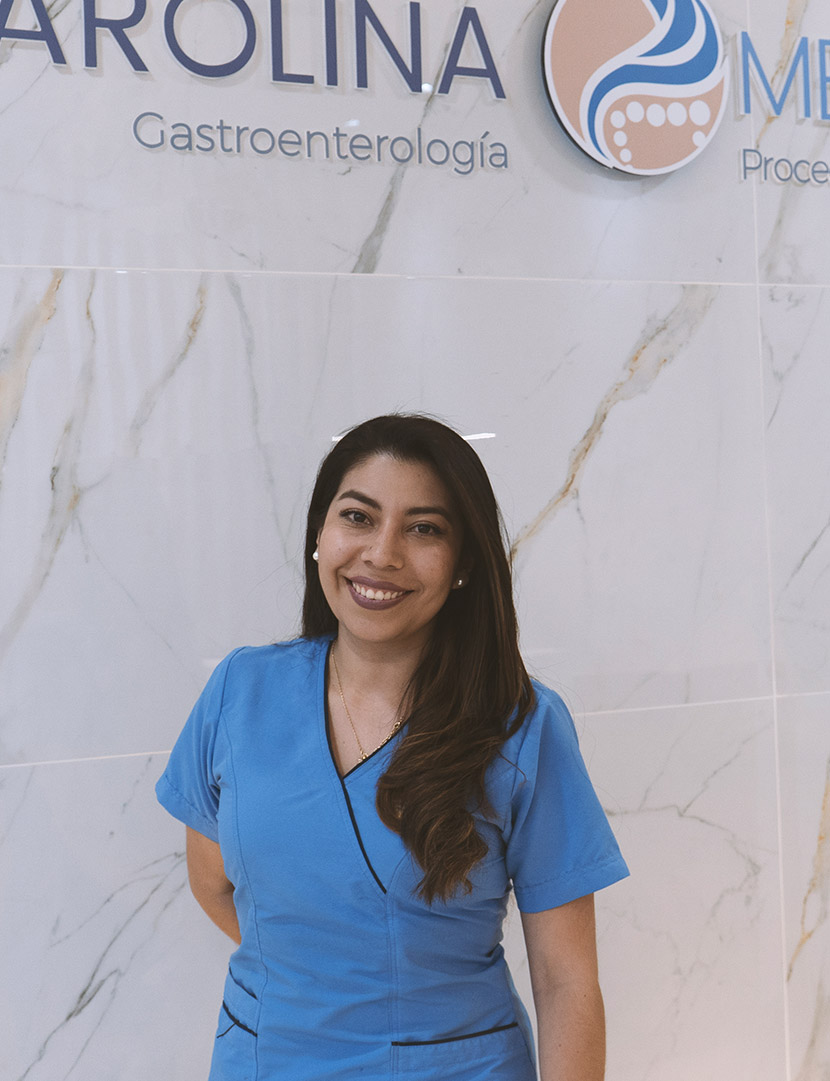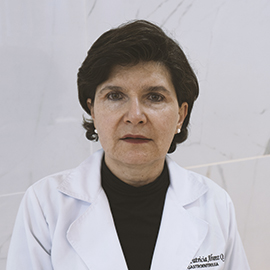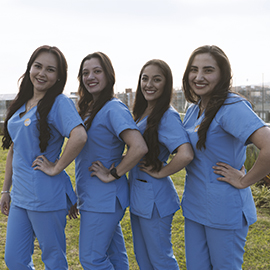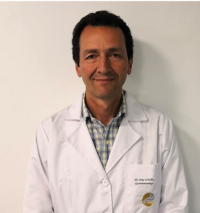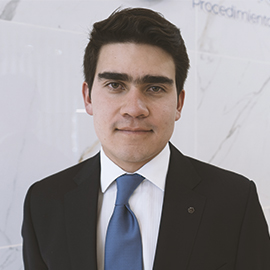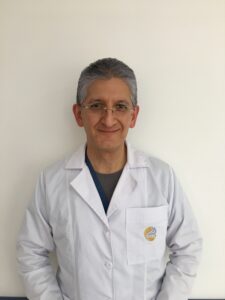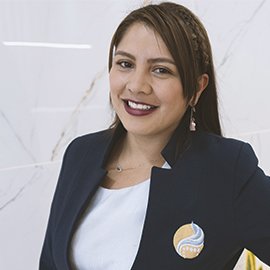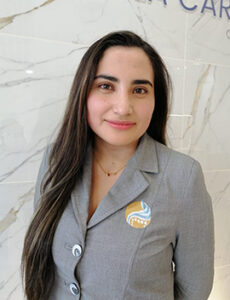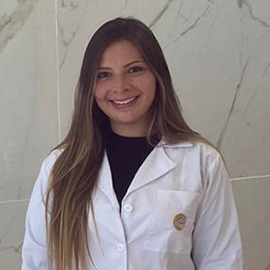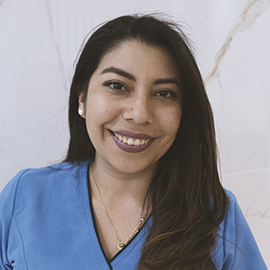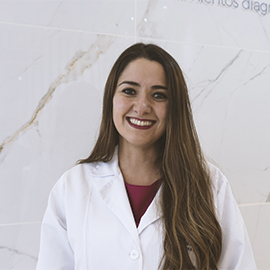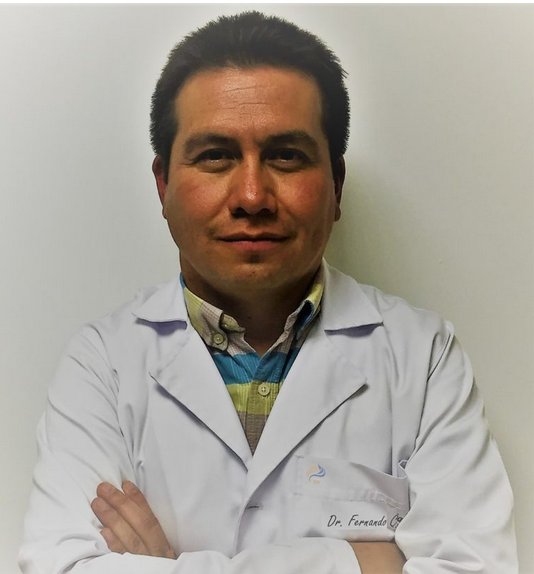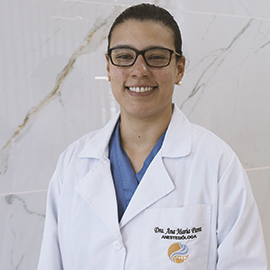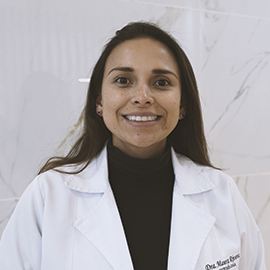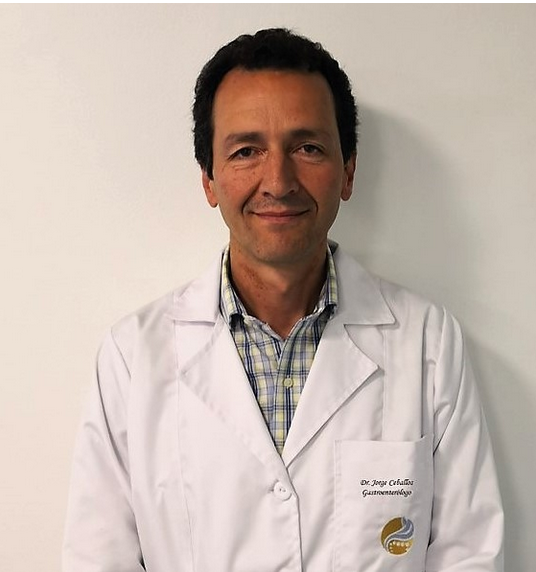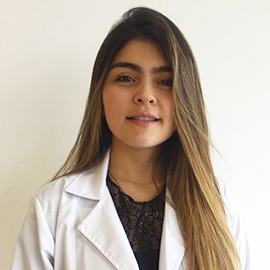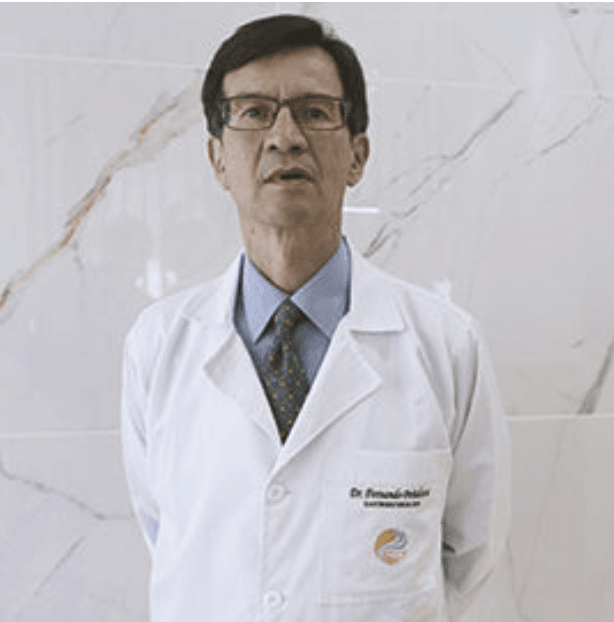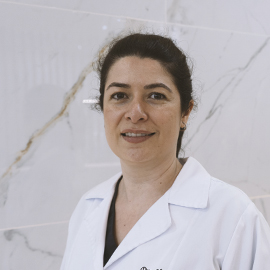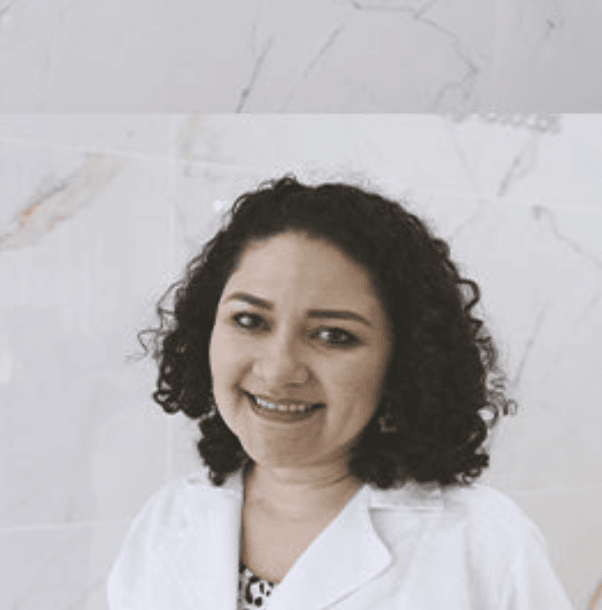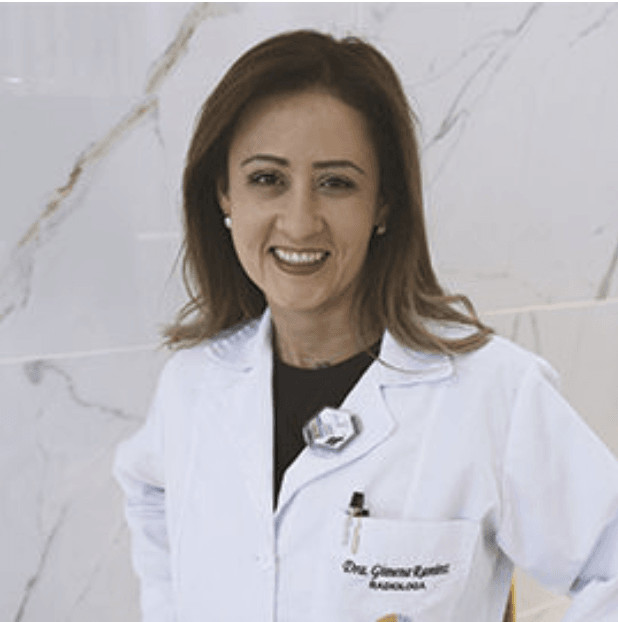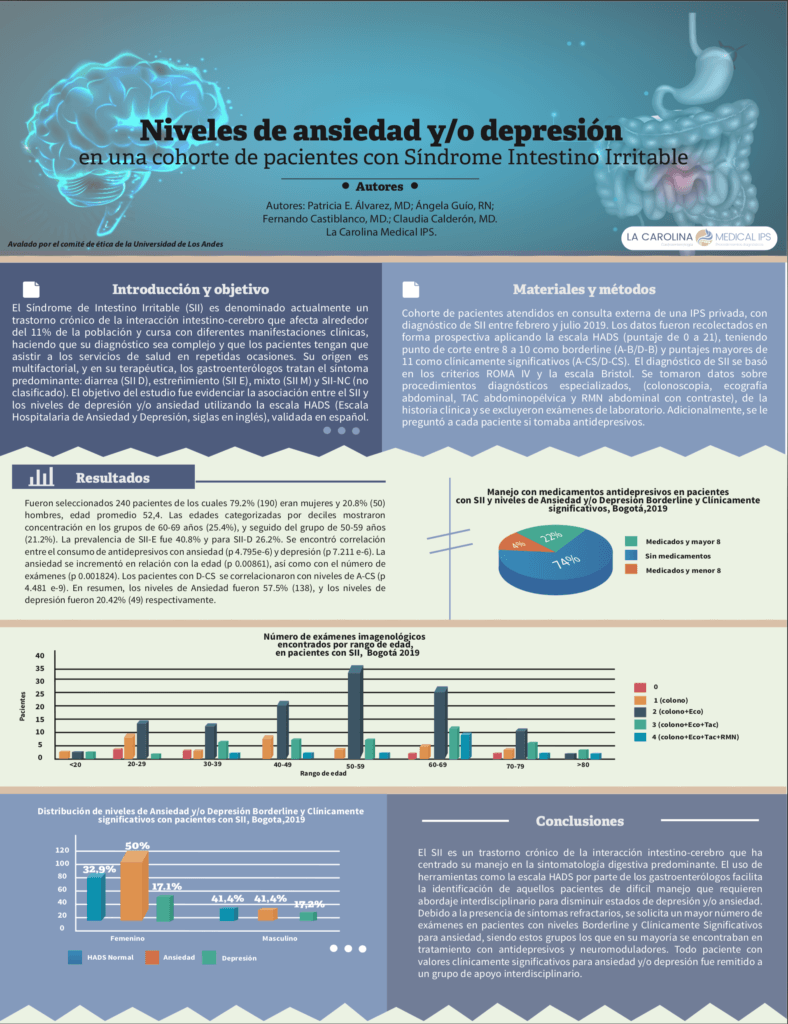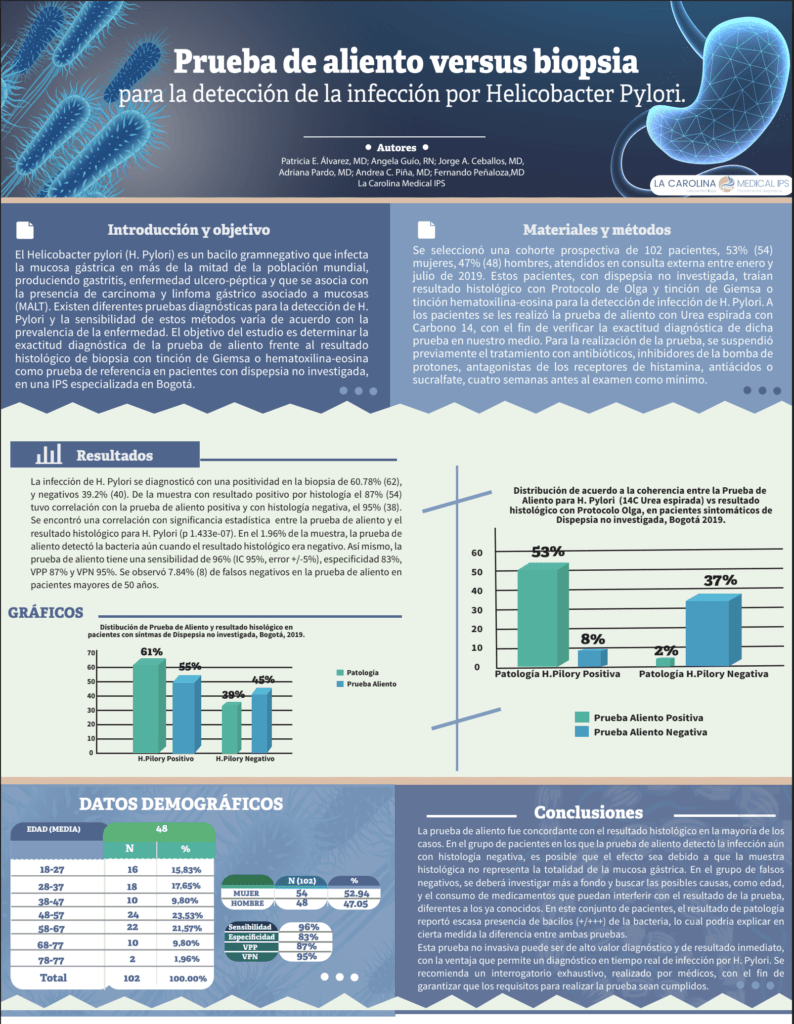Digestive Endoscopy
Book an Appointment
Call Us
+57 1 3907147 / 350 318 99 66
Find Us
Avenue 14 # 127 – 11 Fifth Floor
Street 127 # 14 – 54 Off. 602
Email Us
info@www.drapatriciaalvarez.com
Digestive Endoscopy
We perform a wide range of endoscopic procedures that allow both diagnosis and treatment of gastrointestinal disorders, such as peptic ulcers, polyps, cancers, and blockages of the bile ducts due to stones, inflammation and tumors.
The Endoscopy Clinic has a special interest in bleeding from the intestines, the treatment of precancerous abnormalities in conditions referred to as Barrett’s esophagus, and familial adenomatous polyposis syndrome.
The group also specializes in the evaluation and development of new forms of endoscopes and endoscopic techniques.
Upper gastrointestinal endoscopies
Also known as esophagogastroduodenoscopy. It is a diagnostic procedure used to explore the esophagus, stomach, and duodenum (the first section of the small intestine), in patients with clinical manifestations of diseases in the upper digestive system.
The specialist makes the procedure with a Gatroscope, which is a flexible tube with a tiny camera on the end of the tube, light and lens that is introduced through the mouth (with the use of a teeth protector). During the procedure, pictures are taken are taken, and tissue samples can be retrieved (biopsies) to send themfor pathology analysis.
If you have any questions, we will guide you.
Total colonoscopy
Also known as Lower Digestive Tract Endoscopy is used to detect changes and/or abnormalities in the colon, and rectum. It is also used to study and prevent colon cancer, search possible causes for bleeding, anemia, patients with Inflammatory Bowel Disease, (Ulcerative Colitis and Crohn’s disease), and more. If necessary, polyps or other types of abnormal tissue can be removed during the procedure.
A colonoscopy is used for this procedure; A flexible long tube, called colonoscope, which has a tiny camera, lens and light at the end, is introduced by the anus and examine all the lower digestive tract, lens, and camera, that is introduced via the anus and that advances from the anal sphincter to the the ileocecal valve. During the procedure, pictures of the things observed are taken, polyps removed, and tissue samples can be retrieved (biopsies) to send to the pathology laboratory for further study.
If you have any questions, we will guide you.
Rectosigmoidoscopy
A procedure that allows to explore the lower digestive tract (rectum and anus). A colonoscopy is used for this procedure; a flexible tube with a source light, lens, and camera, that is introduced via the anus and that advances from the anal sphincter to the rectal ampulla. During the procedure, pictures of the things observed are taken, polyps removed, and tissue samples can be retrieved (biopsies) to send to the pathology laboratory for further study.
If you have any questions, we will guide you.
Endoscopic Removal of Colon Lesions (Polypectomy)
The Colonoscopy has become an accepted screening and surveillance modality for colorectal cancer, and endoscopic polypectomy has been widely adopted as an effective therapeutic tool. The Endoscopic Removal of Colon Lesions, also known as Colon Polypectomy, it is a precedure used to remove polyps, (flat or raised lesiones) fpund in the colon’s wall. A flexible tube, called colonoscope, that has a tiny camera, lens and light, is introduced by the anus up to the polyp’s location. Using different accesories as polypectomy snares, injectors among others, the polyps are removed to send them for pathology studies. During the procedures, pictures are taken.
If you have any questions, we will guide you.
Endoscopic excision of gastric polyps (polypectomy)
Also known as gastric or upper polypectomy, this procedure is used to remove polyps (flat or raised lesions) found in the upper gastrointestinal tract.
This procedure is done with a Gatroscope; a flexible tube with a source light, lens, and camera, that is introduced via the mouth (with the use of a teeth protector) that advances to the polyp’s location, with the use of accessories as polypectomy snares and injectors, among others, the polyps are removed, to send to the pathology laboratory for further study. During the procedure, pictures of the things observed and the zone are taken.
If you have any questions, we will guide you.
RESERVAR CITA
Diagnósticos Oportunos
Acompañamiento integral
Atenciones seguras
Servicio de Alta Calidad
Servicio de Alta Calidad
Gatroenterología
La gastroenterología es la especialidad médica que se ocupa de estudiar, diagnosticar y tratar enfermedades del aparato digestivo y órganos asociados. En la consulta médica, se realiza una valoración completa de antecedentes personales y familiares, análisis de una historia previa o registros de resultados que tenga el paciente, y de acuerdo al cuadro clínico, se toman decisiones diagnósticas con el fin de complementar el estudio del paciente y llegar así a un diagnóstico oportuno, verídico y con el manejo adecuado para ello. Los órganos que evalúa un gastroenterólogo incluyen: Esófago y Estómago, Hígado, Vías biliares y Páncreas, Intestino delgado, Intestino grueso (colon), Recto.
Es de suma importancia que se realice un diagnóstico certero y oportuno, con el fin de poder manejar la afección identificada de manera efectiva e integral. Nuestro equipo humano está conformado por especialistas con amplia experiencia y trayectoria a nivel nacional e internacional.
Gastroesophageal Reflux Monitoring Studies
Innovative Tech
Certified Experts
Servicios de consultas especializadas
¿Por qué La Carolina Medical IPS?
Nuestro equipo humano está permanentemente actualizado y la atención que brindamos es totalmente personalizada y con calidad humana.
Contamos con amplias y cómodas instalaciones dotadas de la última tecnología.
Tenemos un enfoque médico preventivo durante nuestra atención en salud.
Realizamos diferentes actividades académicas para colegas y para pacientes y sus familias.
Our Specialists
Dra. Patricia Álvarez
Gastroenterologist - Scientific Director
Nursing Team
Valeria, Natalia, Yensi, Ximena y Karen
Dr. Jorge Ceballos
Gastroenterologist
Call Us
57 1 3907147 / 3503189966
Bogotá Colombia
Find Us
Monday to Friday from 6:00 am – 7:00 pm Saturdays from 6:30 am – 1:00 pm
Email Us
info@www.drapatriciaalvarez.com


